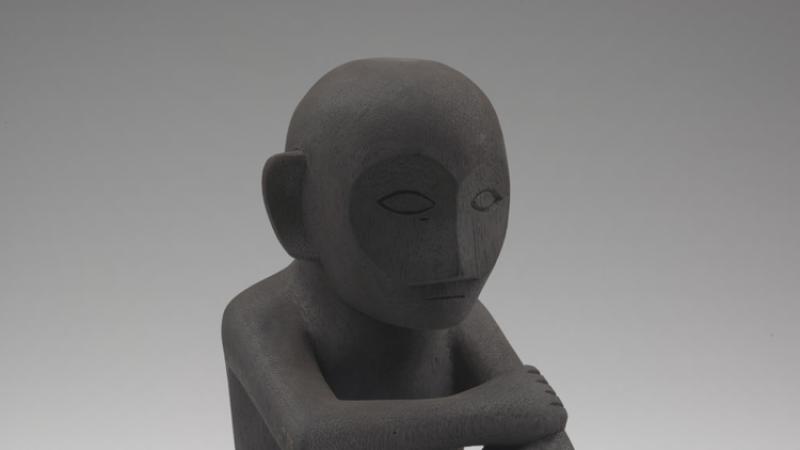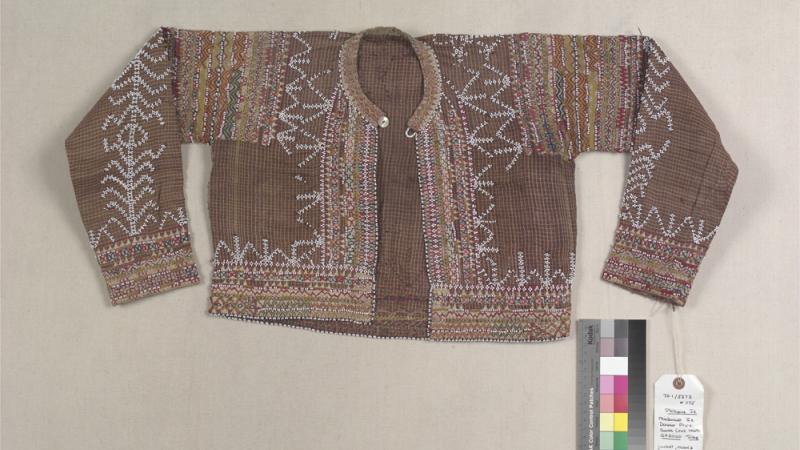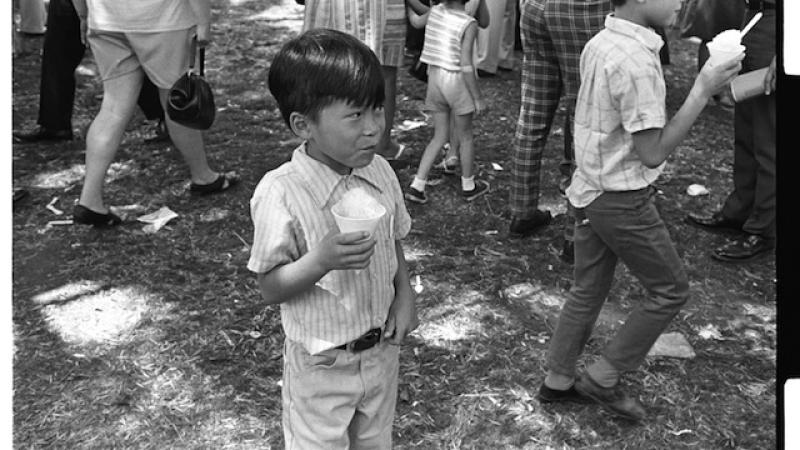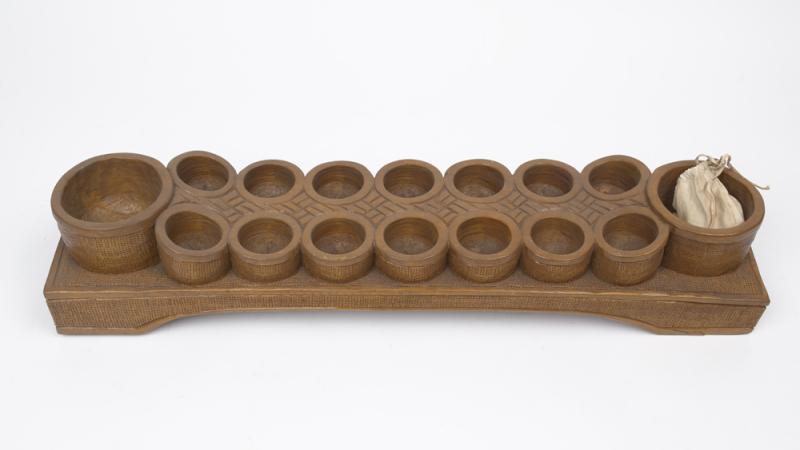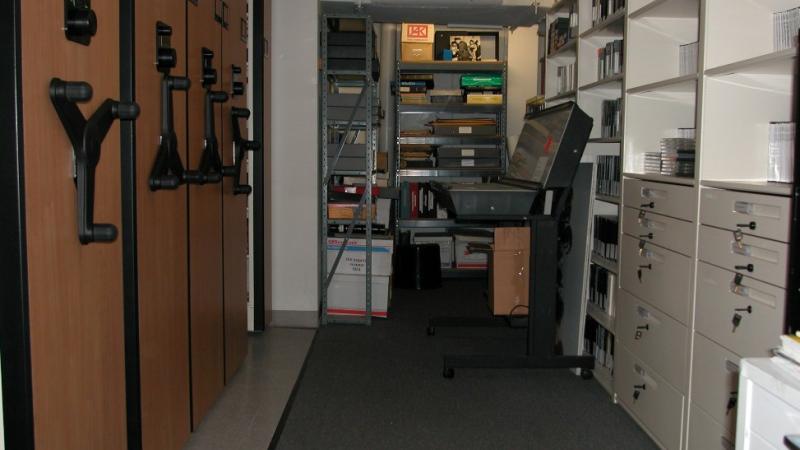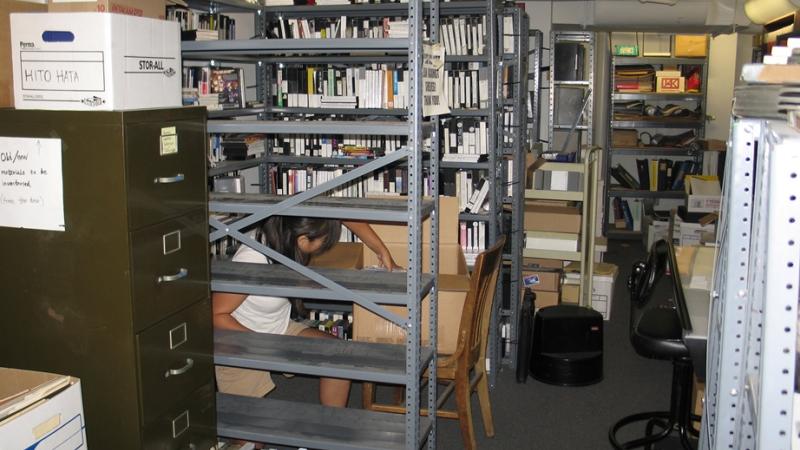Preserving Asian-American History and Culture
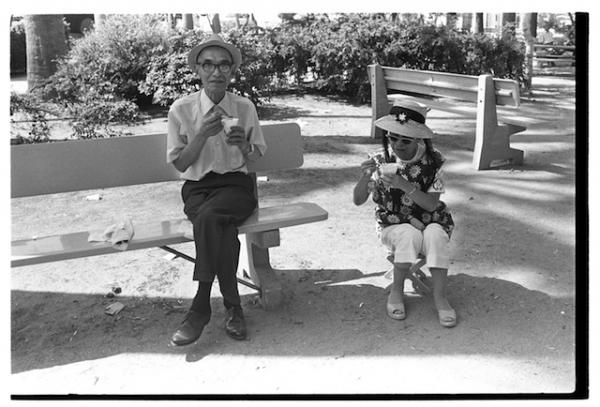
All generations enjoyed snowcones at the first Lotus Festival in Los Angeles, 1972.
Courtesy of the Visual Communications Media Resource Library

All generations enjoyed snowcones at the first Lotus Festival in Los Angeles, 1972.
Courtesy of the Visual Communications Media Resource Library
In 1977, the U.S. Congress designated May as a month to celebrate Asians and Pacific Islanders in the United States. In recognition of Asian-Pacific American Heritage Month, we explore two recent projects supported by the Division of Preservation and Access that feature collections of particular significance to the heritage of Asian-Pacific cultures. These contrasting projects showcase the diversity of collections and institutions supported by Preservation and Access grants. They range from a small community-based archive in Los Angeles to a major natural history museum in New York. These two projects also vary in historical scope from recording community oral histories to preserving information about century-old ethnographic objects. Despite their differences, both projects aim to preserve the rich history and vitality of Asian-Pacific American heritage.
Recognizing Asian-Pacific American Culture
Founded in 1970, Visual Communications (VC) is a Los-Angeles-based non-profit organization that provides media services to Asian-Pacific Americans on the West Coast. Rooted in the efforts of a group of film and media artists, VC promotes intercultural understanding through creation, presentation, and preservation of media works by and about Asian-Pacific Americans, representing more than 25 ethnic communities that speak over 30 different languages.
In 2011, VC received a Preservation Assistance Grant from the National Endowment for the Humanities to help improve the storage conditions for its Archives and Media Resource Library, which includes thousands of oral histories, video productions, and photographs. These materials document community activism, Asian-American arts, and redress and reparations to Japanese Americans after their internment during World War II. One collection (pictured above) documents the Lotus Festival, a celebration of Asian-American culture sponsored by the City of Los Angeles. Held next to the lotus flowerbed in Echo Park Lake, it coincides with the blooming of the lotus flowers each year. The festival offers an occasion for Asian-Americans to celebrate their cultures as well as to share them with the entire community through displays that featured performances, foodways (including snowcones!), fireworks, and local vendors.
The Archives and Media Resource Library continues to make its collections available to the community. Since completing the grant, VC has worked to improve the care and preservation of these materials, increase its capacity to attract new collections, and expand its reach in the community. To make its collections more accessible, VC has contributed finding aids to the Online Archive of California, which has made the materials more visible to researchers. Also, they maintain a blog, From the VC Vault, and map historical images on historypin.
Digitizing Philippine Heritage Collections
On the East Coast, the American Museum of Natural History (AMNH) in New York received a Humanities Collections and Reference Resources grant to support the digitization of its Philippine ethnology collections. One of the most comprehensive and well-documented collections of its kind in the world, these materials represent the diversity of cultures throughout the Philippine archipelago, from Luzon in the north to Mindanao in the south. All told, the AMNH Philippine ethnology collections contain more than 14,000 objects. With assistance from the NEH, the museum has made available 11,622 of these items online.
Highlights of the Philippine collections include items relating to dress and adornment. Many of these were collected by Laura Watson Benedict, the second woman in the world to receive a PhD in anthropology, who lived in the southern Philippines from 1906 to 1907. Benedict obtained many beautiful weavings, clothing, beaded jewelry and ornaments, and basketry from the local Bagobo peoples. Writing about a group of Bagobo in 1911 for the American Museum Journal, she described their passion for adornment: “[B]right-colored kerchiefs adorn the heads of women and men; sparkling in their ears are ivory and inlaid plugs; around their necks hang pendants of finely carved seeds and braided beadwork and strung petals.” Among the highlights of Benedict’s collections is a jacket of abaca cloth and cotton (pictured above), which was selected by an AMNH scientific assistant for textiles, Mary Lou Murillo, as a stunning example of Bagobo decoration.
The AMNH ethnology collections include not only outstanding works of craftsmanship but also everyday objects central to the community. From the northern Luzon region, many items illustrate the importance of rice as a cornerstone of daily life. In the Ifugao rice terraces, recognized as a World Heritage Site by UNESCO, communities often keep carved wooden bulul figures. Traditionally, these figures represent deities that protect rice, in both fields and granaries, and ensure a rich crop. Exemplars include a 12-inch high bulul collected by Harold Conklin in the 1960s (seen above). This object is one of about 1,500 items acquired by the AMNH from Conklin, now a professor emeritus at Yale University and a noted authority on Philippine cultures.
Many of the cultural practices illustrated by materials in the AMNH Philippine ethnology collections have changed or been lost over time. Thus, they provide unique perspectives on Philippine cultural heritage. With NEH support for their digitization, these collections have become accessible to a much wider audience, including scholars and educators in the Philippines, as well as the general public. Anyone with internet access can browse, search, and study the entire collection on the AMNH web site here.
NEH Support for Asian-Pacific American Preservation and Access Projects
Given their broad chronological sweep and wide-ranging scope, these collections represent the diversity of Asian-Pacific cultures and collections supported by NEH Preservation and Access grants. For a comprehensive list of the more than 60 Division of Preservation and Access grants on Asia and the Pacific funded since 2002, click here or download the pdf below.
